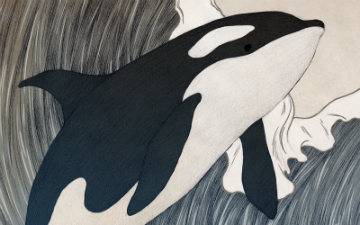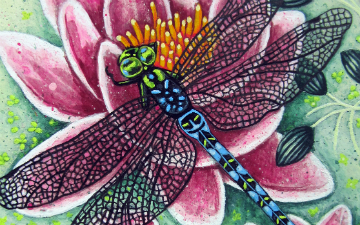Cards
(QUICK LINKS: Decks | plants | mammals | birds | | reptiles | fish | cephalopoda | insects | microbe | events
( scientist | project | modifier | technique |)

Killer Whale
Orcinus orca


8 POINTS
Play: Orcinus orca has a MOVE of 2
Fact: Orcinus orca feed on fish, sea lions, seals, walruses and even large whales

Zooplankton
Copepoda subclass


2 POINTS
Play: Copepoda has a MOVE of 1. Can feed Salmon, Blue Whale SPECIES cards.
Fact: Copepoda are primarily transported by ambient water currents

Mycorrhizal Fungi
Oidiodendron sp.


2 POINTS
Play: Oidiodendron must be played adjacent to a PLANT SPECIES
Fact: Oidiodendron forms a mutualistic relationship with the roots of most plant species

Giant Kelp
Macrocystis pyrifera


3 POINTS
Fact: Macrocystis pyrifera is one of the fastest-growing organisms on Earth, growing more than 60 centimetres per day

Dragonfly
Anisoptera infraorder


7 POINTS
Play: Anisoptera has a FLIGHT of 2
Fact: Anisoptera are some of the fastest insects in the world

Sockeye Salmon
Oncorhynchus nerka


7 POINTS
PLAY: Oncorhynchus nerka has a MOVE of 2. Can also feed on ZOOPLANKTON SPECIES.
FACT: The young fish, known as fry, spend up to three years in the freshwater lake before migrating to the ocean.